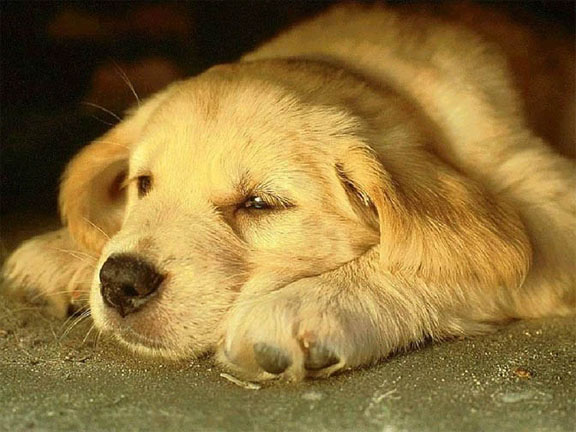We have already described the management of the wound which has been sutured shut. Some wounds are better left open, but then we can anticipate a longer healing period.
Now, which wounds should we leave open? For sure, one will find difficulty closing any wound which is accompanied by great skin loss; therefore one should think twice before attempting to close such wounds, simply because there is not enough skin to bring together (align) the edges. Closure would be impossible in this case; or, if we pull the edges together (placing them under strain), they will burst asunder in short order.
Secondly, if there is a great infection at the wound site (eg many germs have penetrated deep into the tissue), then closure is not an option, unless very reliable and in-depth cleansing of the deep wound can been effected.
Thirdly, certain specific wounds – for example longitudinal injuries of the extremities – lend themselves to easy open wound management, so there is no need for suturing.
Finally, open wounds are especially amenable to the continuous clipping away of dead tissue (debridement), and we don’t need any specialized equipment, other than a pair of scissors and possibly tweezers.
 There are some disadvantages associated with open wound management which I should mention. I had referred above to the increased length of time that an open wound takes to heal, as compared with a wound which has been sutured (closed). Further, there are possible complications which can arise (especially if skin grafting is not performed). One such complication is a scar stricture which comes about when a wound contracts. Of course, there is also the element of cost. Since the wound takes longer to heal and there is the necessity of implementing daily care, then visits to the veterinarian and even the purchase of materials for home treatment can add up the dollars.
There are some disadvantages associated with open wound management which I should mention. I had referred above to the increased length of time that an open wound takes to heal, as compared with a wound which has been sutured (closed). Further, there are possible complications which can arise (especially if skin grafting is not performed). One such complication is a scar stricture which comes about when a wound contracts. Of course, there is also the element of cost. Since the wound takes longer to heal and there is the necessity of implementing daily care, then visits to the veterinarian and even the purchase of materials for home treatment can add up the dollars.
Open wound management is often based on constant cutting away of dead tissue and repeated local cleansing and bandaging. Debris should be flushed out using at least a half pint of sterile saline solution. Dead tissue and any foreign materials (dirt, grass, sand, etc) left after rinsing should be removed.
 The first bandages are ‘wet-to-dry’ dressings. Of course, with every bandage change, some dead tissue comes away (sticking to the bandage which is being removed). I must advise that in many cases, during the early stages of healing, one must change the bandages twice daily, especially if there is a lot of fluid oozing from the wound.
The first bandages are ‘wet-to-dry’ dressings. Of course, with every bandage change, some dead tissue comes away (sticking to the bandage which is being removed). I must advise that in many cases, during the early stages of healing, one must change the bandages twice daily, especially if there is a lot of fluid oozing from the wound.
As the amount of dead tissue and debris decreases, and the wound becomes increasingly healthy, tissue is not likely to be destroyed by removing the gauze.
Within the context of wound management, certain specific considerations must be foremost in our minds. Is the wound causing a loss of function of a limb, say? Is great pain associated with the wound? Is there great and continuous haemorrhaging? Also to be considered would be whether further contamination of the wound is possible; can dead tissue and other debris, associated with the wound, be easily removed? Is it necessary to provide drainage? Can we provide adequate drainage? Can we stimulate the blood vessels to grow back – to ensure that the injured tissue is ‘fed’ with blood? Your vet will advise you about these matters.
Next week, I want to deal further with this whole issue of bandages, as well as the establishment of drains which are needed to get fluid out of the wound or body cavity.
Please implement disease preventative measures (vaccinations, routine dewormings, monthly anti-heartworm medication, etc) and adopt-a-pet from the GSPCA’s Animal Clinic and Shelter at Robb Street and Orange Walk, if you have the wherewithal to care well for the animals. Do not stray your unwanted pets, take them to the GSPCA’s Clinic and Shelter instead. If you do not wish your pet to have puppies or kittens, you may exploit the GSPCA’s free spay and neutering programme. If you see anyone being cruel to an animal, or if you need any technical information, please get in touch with the Clinic and Shelter by calling 226-4237.





